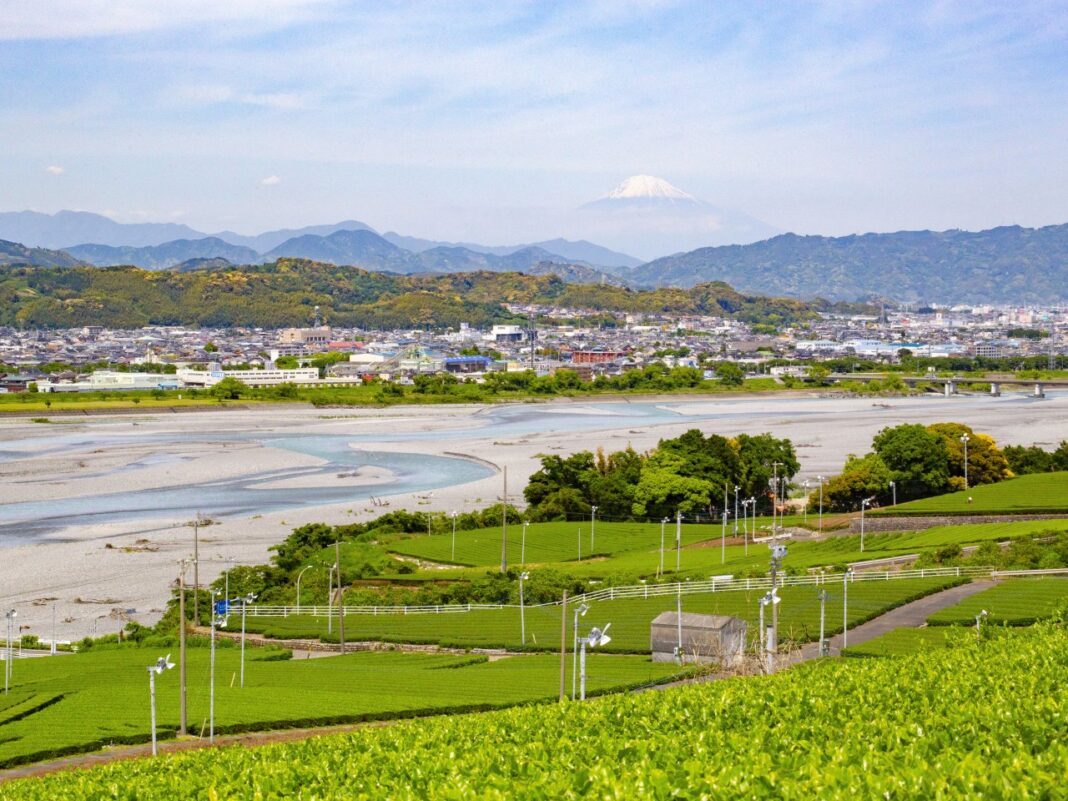Tokugawa Yoshinobu returned power to the Emperor without a fight. What did Yoshinobu, the last shogun, think about in Shizuoka and what did he bring to the city?
Introduction
Tokugawa Yoshinobu, the last shogun, was the one to close the curtain on the Edo shogunate, which was reputed to be an exceptionally long period of government even by world standards. Yoshinobu, who was the 15th shogun, returned power to the Emperor peacefully without a fight. With the so-called “Taisei Hokan” (transfer of power back to the Emperor), Tokugawa Yoshinobu drew the curtain on the 260-year Tokugawa shogunate and chose to put down the sword, ending the samurai government that existed for nearly 700 years since the founding of the Kamakura shogunate. His decision would eventually open the door to a new era for the country of Japan.
Adventure and interactive activities to visit places associated with Tokugawa Yoshinobu
Learn about the character of Tokugawa Yoshinobu at his residence, Fugetsuro
Why did Yoshinobu, the 15th shogun, return power to the Emperor without fighting?
This is considered one of the greatest mysteries of the Edo shogunate.
Fugetsuro, the residence where Yoshinobu spent about 20 years after the Taisei Hokan, still has a beautiful garden and is now used as a traditional Japanese restaurant, wedding hall, and event hall.
The chairman of Fugetsuro describes the character of Yoshinobu as follows.
“He never in his life spoke of the reasons for his great historical decision of returning the power without a fight. Yoshinobu kept all politics out of his life and devoted himself to his hobbies and was well-liked by the citizens of Shizuoka. I feel that he was a wise and brilliant ruler who paved the way for the modernization of Japan, despite the turbulent times at the end of the Edo period.”
There are many stories that are not mentioned in the history books, both in the city of Shizuoka and in Fugetsuro, and these give us a sense of the warmth of Yoshinobu as a human being.
Without Yoshinobu, tea in Shizuoka would not be what it is today!?
Shizuoka is a major producer of tea known throughout Japan. There are many tea-producing regions throughout the prefecture, each producing distinctive teas depending on the climate.
Tea, now the face of Shizuoka, is very closely associated with Yoshinobu.
At the beginning of the Meiji Era, Yoshinobu was placed under house arrest in Shizuoka and spent about 20 years in the area. When Yoshinobu moved to Shizuoka, some 300 vassals who served as Yoshinobu’s bodyguards lost their status and property, and became unemployed as soon as they arrived there.
After much consideration, they decided to replace the sword with a hoe to grow tea.
These samurai-turned-farmers pioneered the Makinohara Plateau, and tea became Shizuoka’s leading agricultural product.
In the Kawane region that is famous for its Kawane-cha (green tea), the Oigawa Railway’s steam locomotive runs through the tea plantations. Visitors can enjoy a spectacular view of the tea plantations from the windows of the train.
A culture of enjoying tea developed at the same time as the production of tea.
There are teashops in the prefecture that offer new ways to enjoy tea, such as drinks and sweets made with tea, in addition to the more conventional ways of drinking tea. Another attraction is the calligraphy experience, in which participants write their own names in Japanese kanji characters using matcha green tea under the guidance of a professional instructor. Visitors can experience the art culture that combines traditional Japanese calligraphy and tea ceremony, and take home a one-of-a-kind souvenir.
Yoshinobu, a man of many interests
Tea was not the only thing that Yoshinobu brought to Shizuoka. He was known as a man of many interests, and led a life devoted to photography, oil painting, poetry, hunting, net casting, noh singing, and many other hobbies.
Known for his love of new things, Yoshinobu was also the first person to ride a bicycle in Shizuoka. According to the diaries kept by the stewards of Tokugawa Yoshinobu, he rode his bicycle across the Abe River to Mariko. In Mariko, there is an old restaurant called “Chojiya,” which has been in business for 400 years, and you can enjoy its famous tororo jiru (Japanese wild yam soup). Perhaps Yoshinobu, who took great care of his health, may have eaten it as well.
Why not try the local specialties in an old private house that takes you back in time to the Tokaido route during the Edo period?
Yoshinobu was also a foodie
“Yoshinobu would have enjoyed all the delicacies of Shizuoka,” explains the chairman of Fugetsuro.
Soba, one of Shizuoka’s signature traditional dishes, was also one of Yoshinobu’s favorite meals.
It is said that Tokugawa Ieyasu brought the culture of soba noodles from Shizuoka to Edo, and later, Yoshinobu brought it back to Shizuoka from Edo.
Summary
Tokugawa Yoshinobu spent his life working for Japan as a shogun and quietly watched over the country after the Taisei Hokan.
Yoshinobu left the following words.
“Lord Ieyasu established the shogunate to rule Japan. I became a shogun to bury that shogunate.”
After moving to Shizuoka, Yoshinobu never again entered the political arena, even after being released from house arrest. While Ieyasu vowed to make his subjects happy, Yoshinobu watched over the future of Japan, protected peace, and wished for the development of the nation from Shizuoka that was one step removed from Tokyo.
